by Craig Brelsford
Founder, shanghaibirding.com
’Tis the season of the stubtail in Shanghai. Every year in April and May, and again in September and October, birders in Earth’s Greatest City record Asian Stubtail Urosphena squameiceps. Migrant stubtails are no strangers to the inner city; the photo above was taken at Changfeng Park, deep in Shanghai’s urban jungle.
In Shanghai, most of my records of Asian Stubtail have come from the microforests that dot the sea wall at Cape Nanhui. Migrating stubtails can, however, turn up in any wooded area. In his apartment complex recently, in a wood of about 25 square meters, Shanghai birder Komatsu Yasuhiko found Asian Stubtail. Hiko’s find bears out Kennerley and Pearson: Migrating Asian Stubtail, they write, is “opportunistic and likely to utilise any area of coastal or inland woodland or scrub offering shade and undisturbed areas for feeding” (2010, 557).
If Asian Stubtail is seen clearly or photographed well, then one can readily appreciate its distinctiveness. No other warbler in our region has its large-headed, bull-necked, stubby-tailed structure. The long, creamy supercilium is prominent, as is the contrastingly dark eye-line. The bill is fine and pointed, the legs are long and conspicuously pale, and the crown shows faint scaling.
Once on Lesser Yangshan, the island hotspot off the coast of Shanghai, I mistook Radde’s Warbler Phylloscopus schwarzi for a stubtail. A closer look at my photos revealed the longer tail and spikier bill of the Radde’s. Dusky Warbler P. fuscatus shares the dull, uniform plumage of Asian Stubtail and like the stubtail has a long supercilium, but it has a longer tail and shorter bill. Observers of Asian Stubtail in its winter range must separate it from shortwings and wren-babblers, while viewers of the species in its breeding range need to distinguish it from Eurasian Wren Troglodytes troglodytes (Kennerley & Pearson 2010, 556).
A common passage migrant in Shanghai, Asian Stubtail breeds in Beijing, Hebei, and Northeast China and adjacent Ussuriland as well as southern Sakhalin Island, the four main islands of Japan, and the Korean Peninsula. The winter range includes Guangdong, Hainan, and Guangxi and much of Southeast Asia (Holt in litt., 2019; Brazil 2009, 340; Kennerley & Pearson 2010, 557).
I have noted breeding Asian Stubtail in Heilongjiang and Hebei (10 June), migrating Asian Stubtail in Jiangsu and Shanghai, and a possibly wintering Asian Stubtail on 15 Nov. 2014 at Wuyuan, Jiangxi. Regarding the Jiangxi record, the presence of the species in mid-November at that latitude (29.2142, 117.5626) is surprising but not inconceivable; Brazil (2018, 290) reports that some Asian Stubtail winter in southern Kyushu, which is farther north than Jiangxi. The Wuyuan stubtail was singing intermittently; the best explanation may be that it was a first-winter bird.
Asian Stubtail, sit call and short song, Wuyuan, Jiangxi, November, by Craig Brelsford (16 MB; 01:37)
PHOTOS
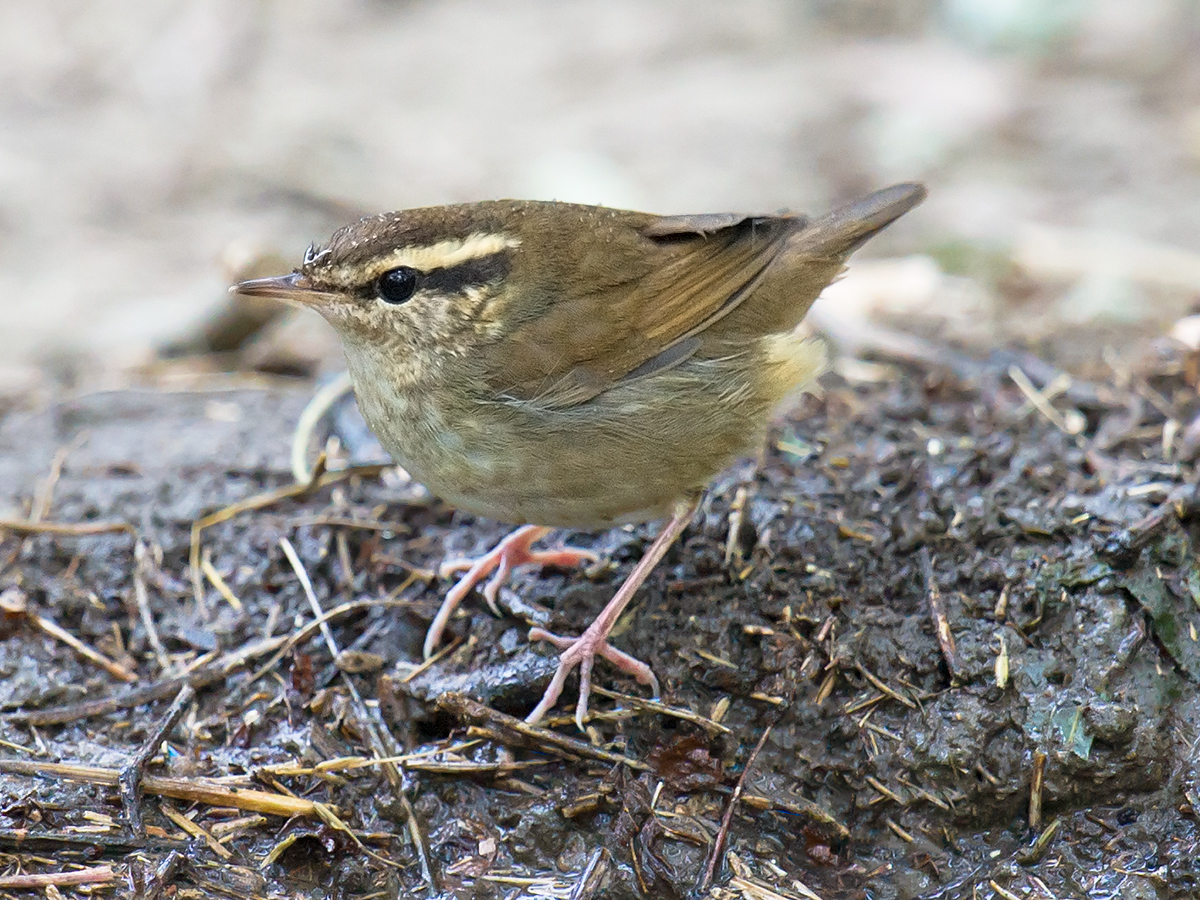
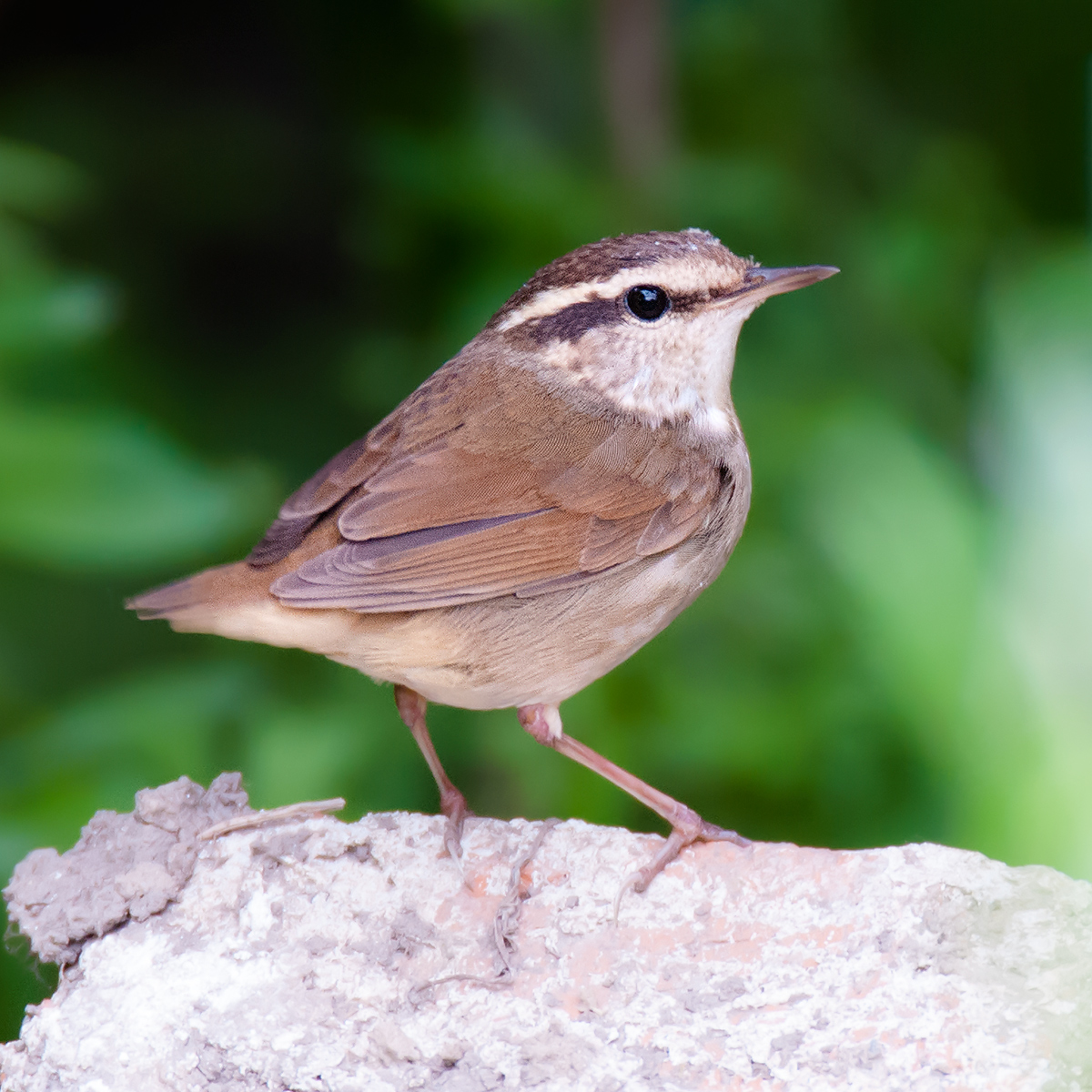
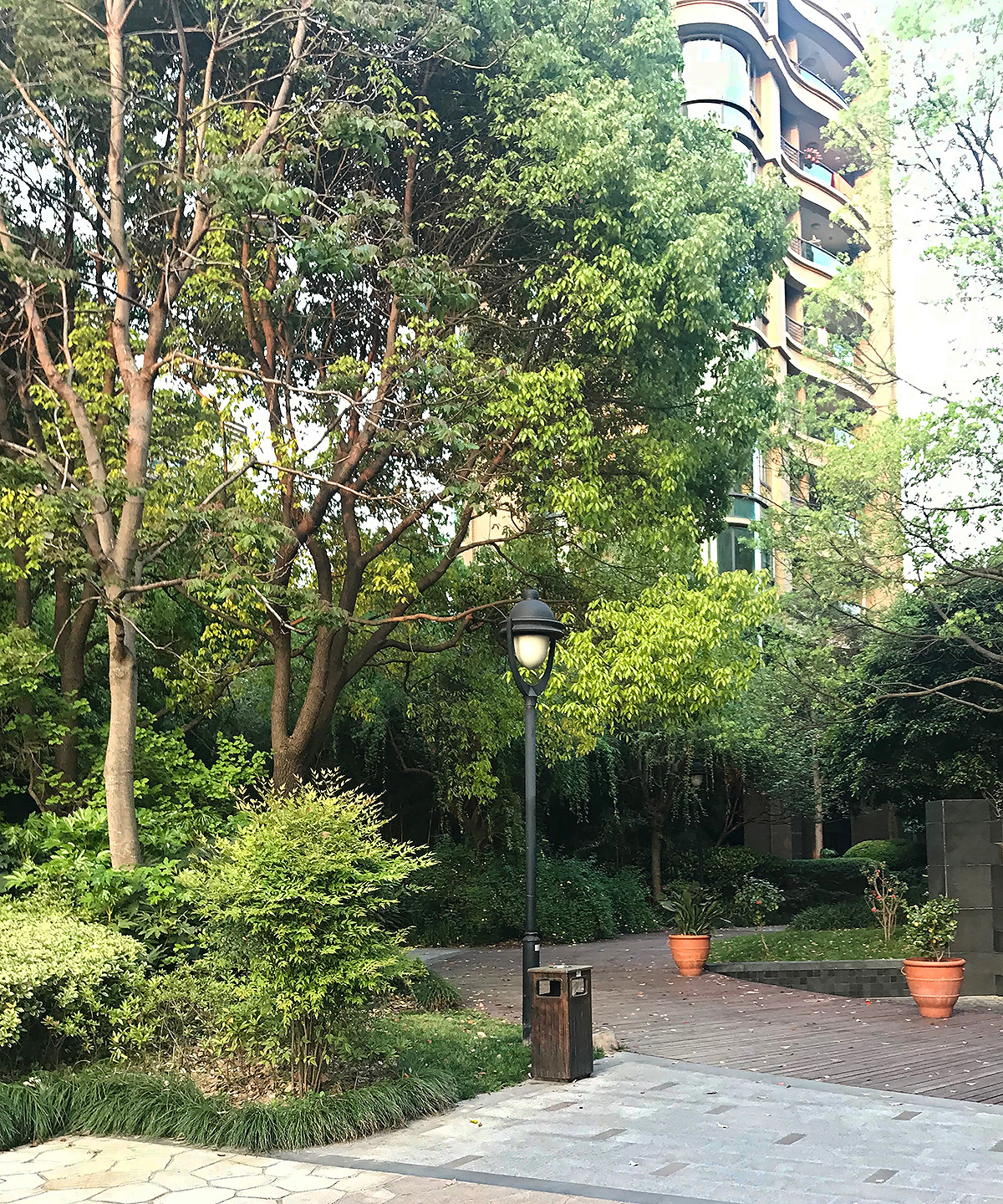
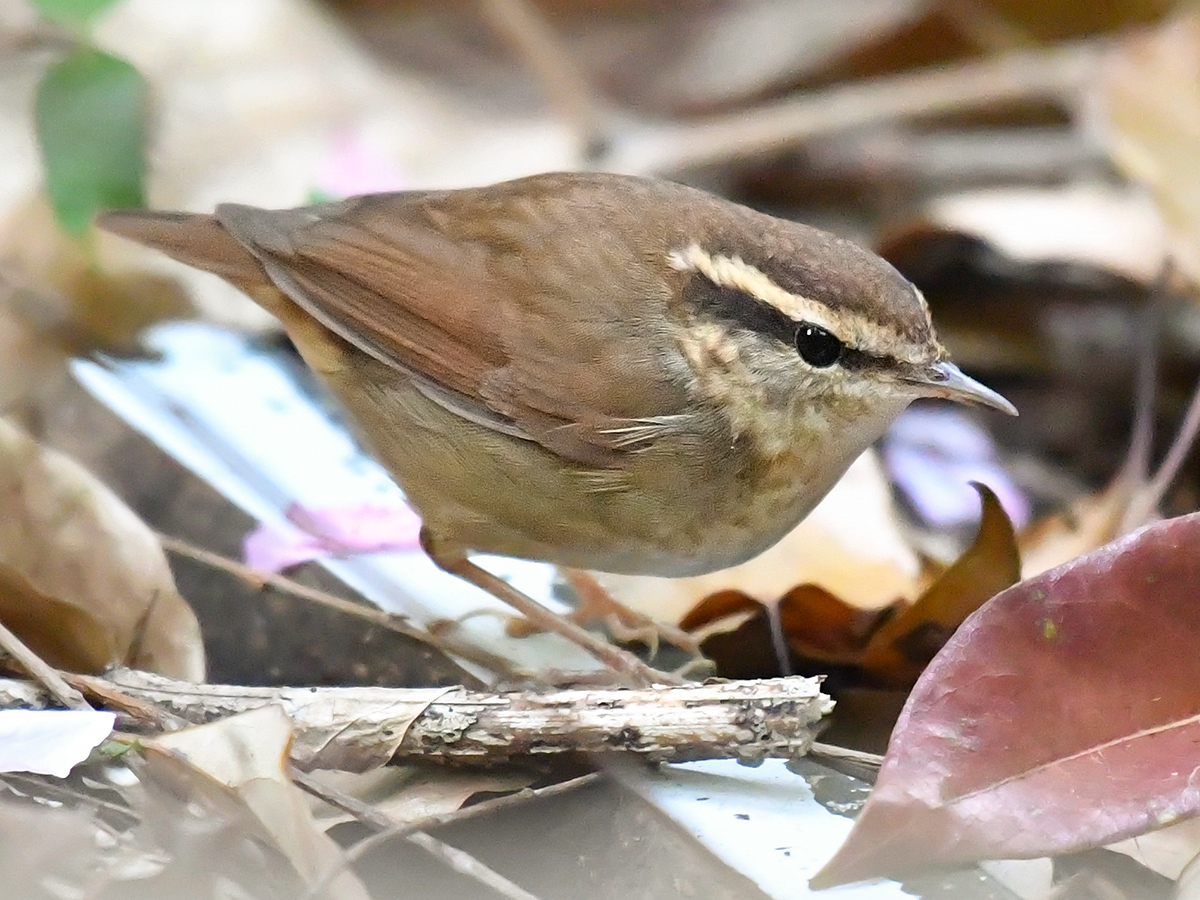
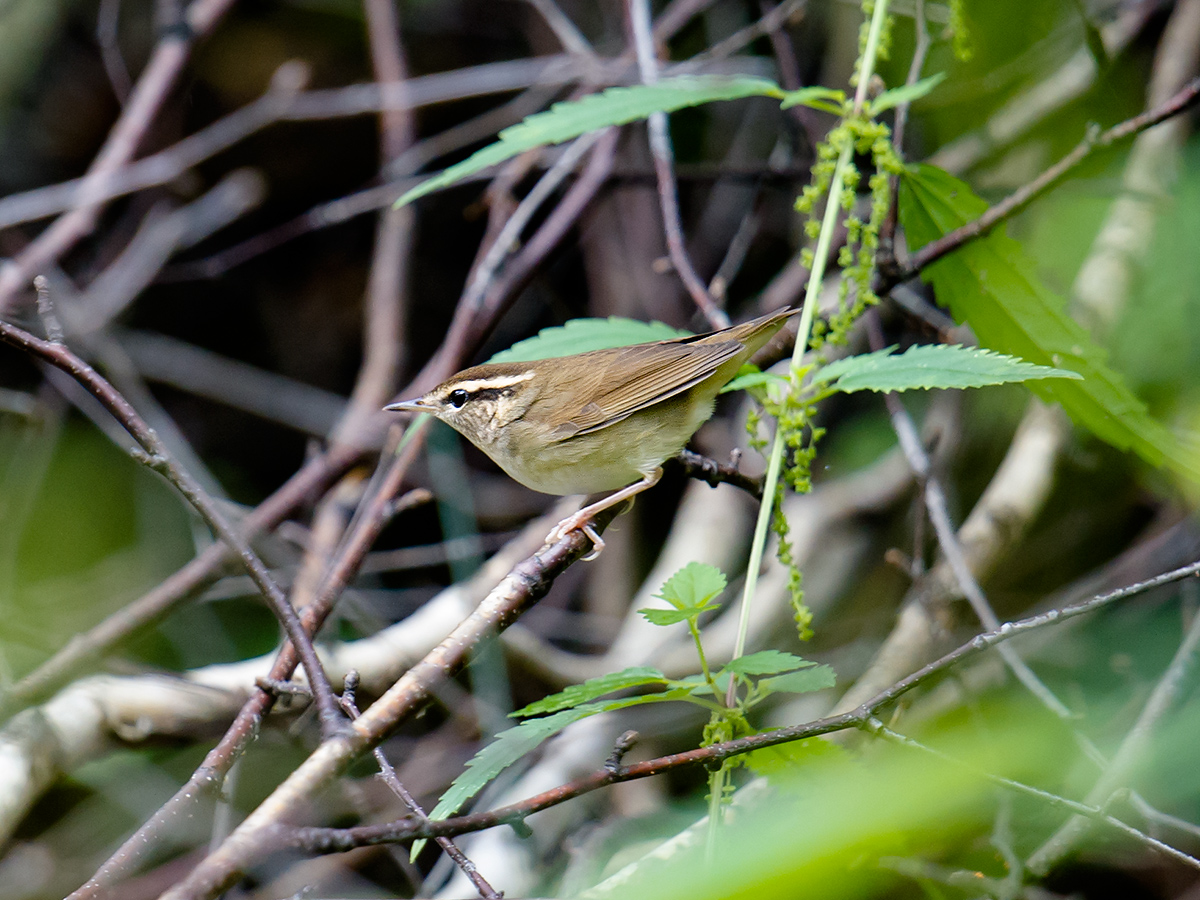
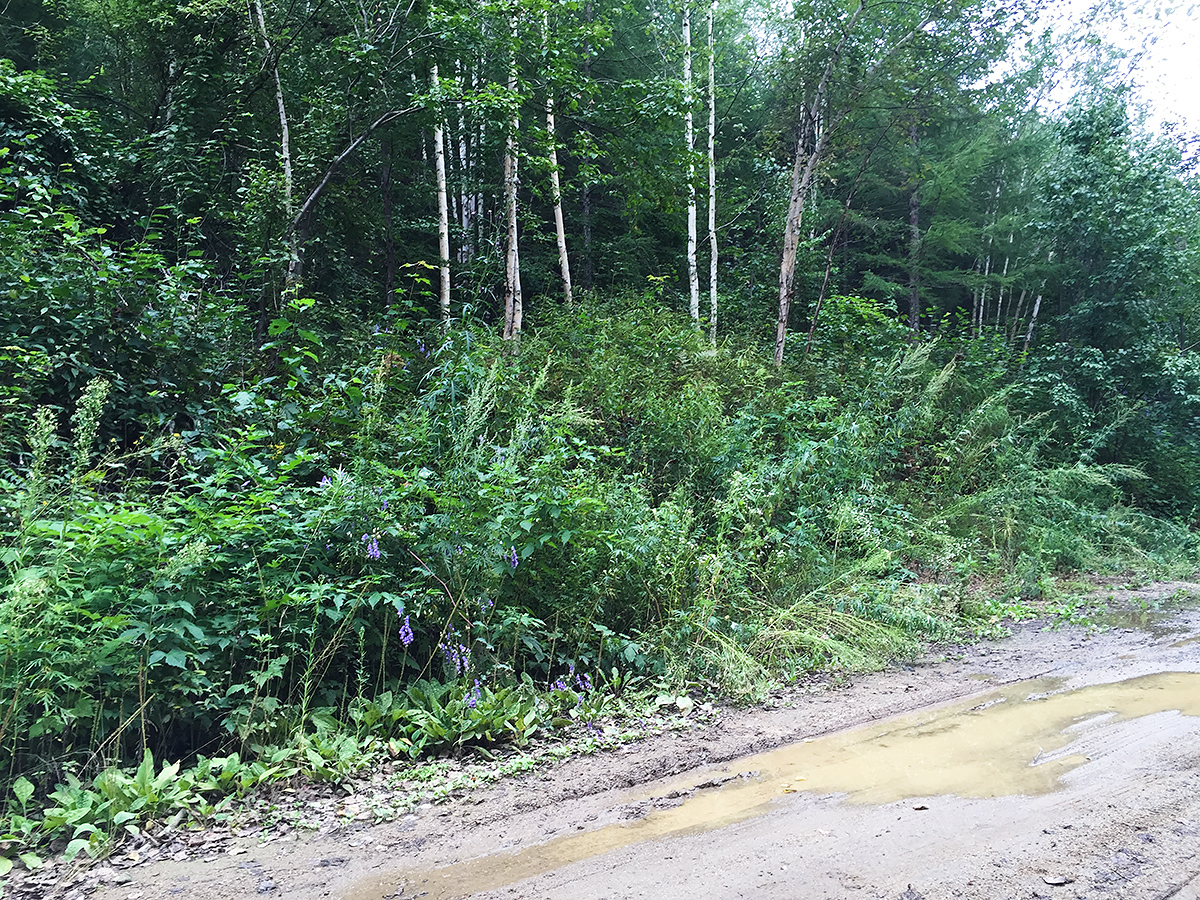
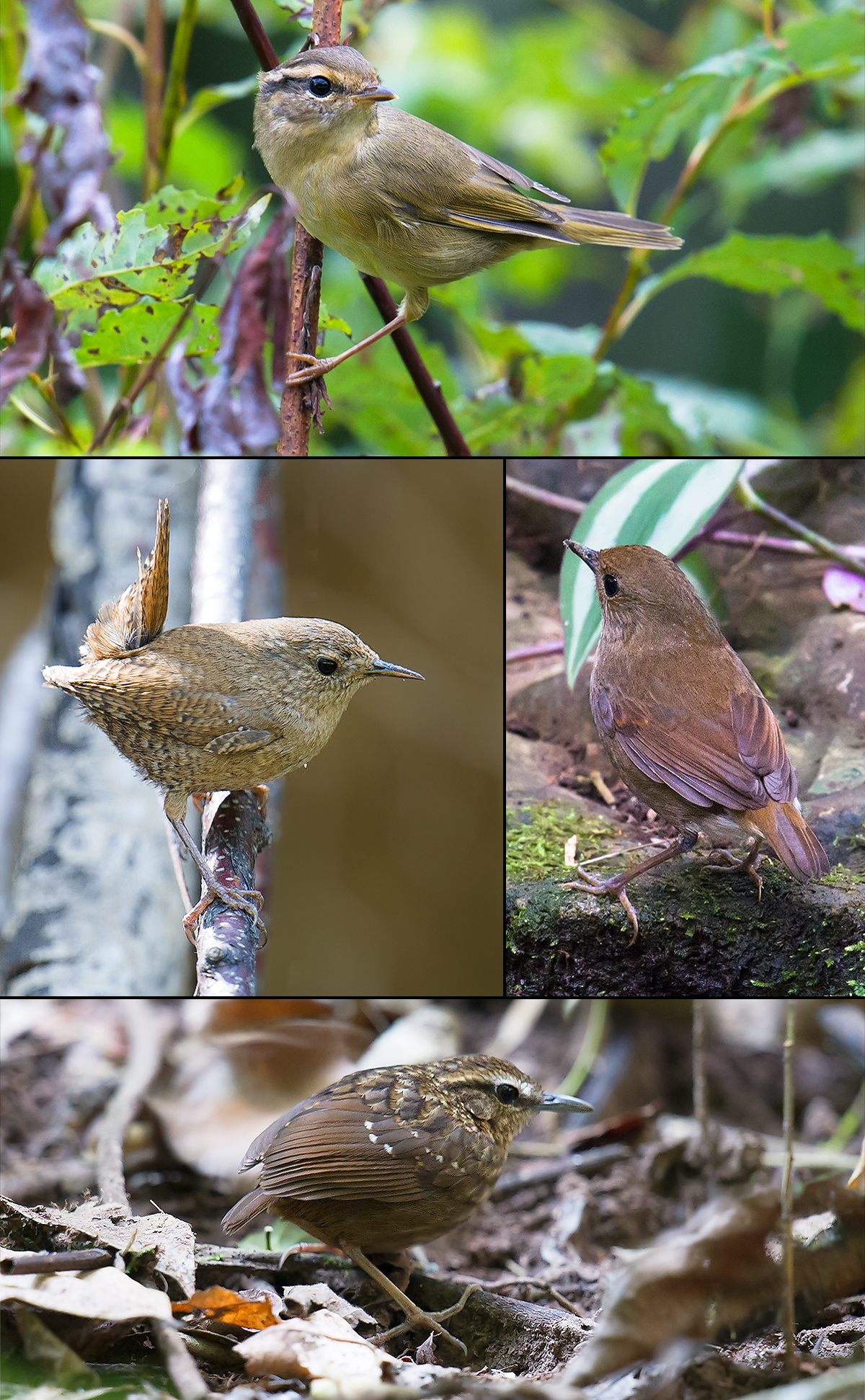
BIBLIOGRAPHY
Brazil, M. (2009). Birds of East Asia. Princeton, New Jersey: Princeton University Press.
Brazil, M. (2018). Birds of Japan. London: Bloomsbury Publishing.
Brelsford, C. (2017). Gansu Bluetail, Wulingshan, Hebei (https://www.shanghaibirding.com/gansu-bluetail/). Post to shanghaibirding.com, published 17 June 2017 (accessed: 27 Jul 2024).
Brelsford, C. (2014). Wuyuan & Poyang Lake, November 2014 (https://www.shanghaibirding.com/explorations/wuyuan-2014/). Post to shanghaibirding.com, published 14 Sept. 2016 (accessed: 27 Jul 2024).
Brelsford, C. & Du, E. (2015). Inner Mongolia & Heilongjiang, 2015: Part 4: Second Trip to Elaine’s Hometown (https://www.shanghaibirding.com/explorations/inner-mongolia-heilongjiang/part4/). Report on shanghaibirding.com (accessed: 27 Jul 2024).
Brelsford, C. & Du, E. (2016). Boli, Heilongjiang, May-June 2016 (https://www.shanghaibirding.com/heilongjiang/). Report on shanghaibirding.com (accessed: 27 Jul 2024).
Clement, P. (2006). Family Sylviidae (Old World Warblers). P. 588 (Asian Stubtail) in del Hoyo, J., Elliott, A. & Christie, D.A. eds. (2006). Handbook of the Birds of the World. Vol. 11. Old World Flycatchers to Old World Warblers. Lynx Edicions, Barcelona, Spain.
Holt, P. (2019). Series of text messages between Holt and author, 20 April.
Kennerley, P. & Pearson, D. (2010). Reed and Bush Warblers. London: Christopher Helm.
REVISIONS
1. On 22 April 2019, Beijing added to breeding range of Asian Stubtail, Paul Holt added to bibliography.
Featured image: Asian Stubtail Urosphena squameiceps, Changfeng Park, Shanghai, May. (Craig Brelsford)

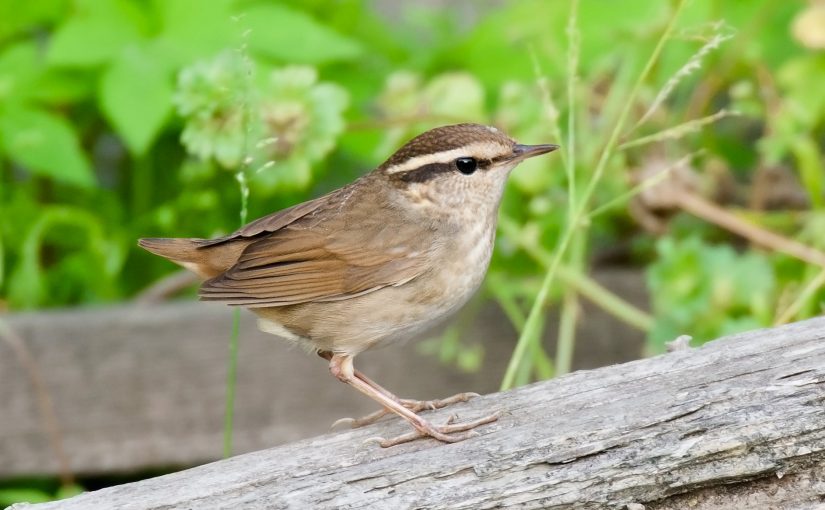
Just a quick note to say how much I enjoy these, even though I’ve never been closer than Thailand.
Thanks for reading, Chris! More good stuff to come.
Great post on the stubtail, thanks!
I enjoyed reading this article and would like to add some comments.
Asian Stubtail is a regular in the migrating season during Apr-May and Sep-Oct at Nanhui Cape, Shanghai. Usually one stops for a short while (one day or two) and move. Sometimes there is a chance to observe its behavior in a car from distance. Once I saw a Stubtail feeding with a Pale-legged Warbler/Sakhalin Leaf Warbler on the ground of a grassy area together and I captured a clip of video. I saw the Stubtail feeding on small insects hiding under the leaf of grass and showing no interests in vegetable, jumping frequently very short distance which is shorter than the PLW/SLW nearby did. In addition, I know it is certain that Asian Stubtail winters in Taiwan too. Birders in Taiwan see the bird in the whole winter time so they are sure about some Stubtails are wintering there while most people think Stubtail is a migrant in Taiwan.
Thanks for the comment and especially for the remark about Taiwan. My sources were surprisingly unclear and contradictory about Asian Stubtail in Taiwan. Brazil (Birds of East Asia) says only “migrant Taiwan” in the text, but his map of Taiwan is colored blue, the winter-range color. Clement’s (HBW 11) map represents Taiwan as part of Asian Stubtail’s winter range, but his text suggests it’s a migrant in Taiwan. Kennerley and Pearson have it the other way around: text says winter visitor, map showing winter range has big blank space over Taiwan. I was surprised by the lack of clarity, especially inasmuch as the area in question is Taiwan, a well-birded island.
Asian Stubtail’s been known to breed around Beijing for almost 40 years and possibly much longer. Cai (1987) Birds of Beijing noted then that specimens had been collected at Baihuashan on the 20 and 30 June 1980. Unfortunately Peter Kennerley overlooked that. It currently breeds at a handful of forested sites, including several that are frequently visited (Lingshan, Xiangshan, Badaling National Forest Park, Xiaolongmen). All of my recent breeding season reports come from between 480-1710 metres. It’s also known to breed at a modest number of sites in Hebei, e.g., Haituoshan, Wulingshan, Xinglong, and more commonly at Zushan Forest Park, Qinhuangdao.
Thanks, Paul. Kennerley didn’t even have Asian Stubtail breeding in Hebei. Any breeding records from Shanxi?
No breeding reports from Shanxi.